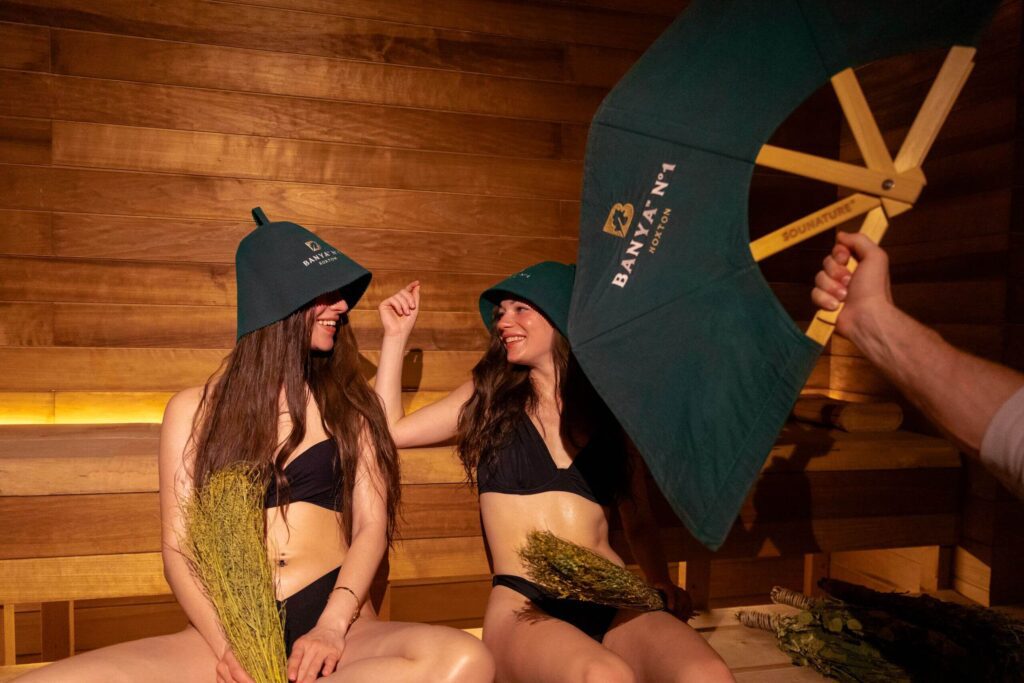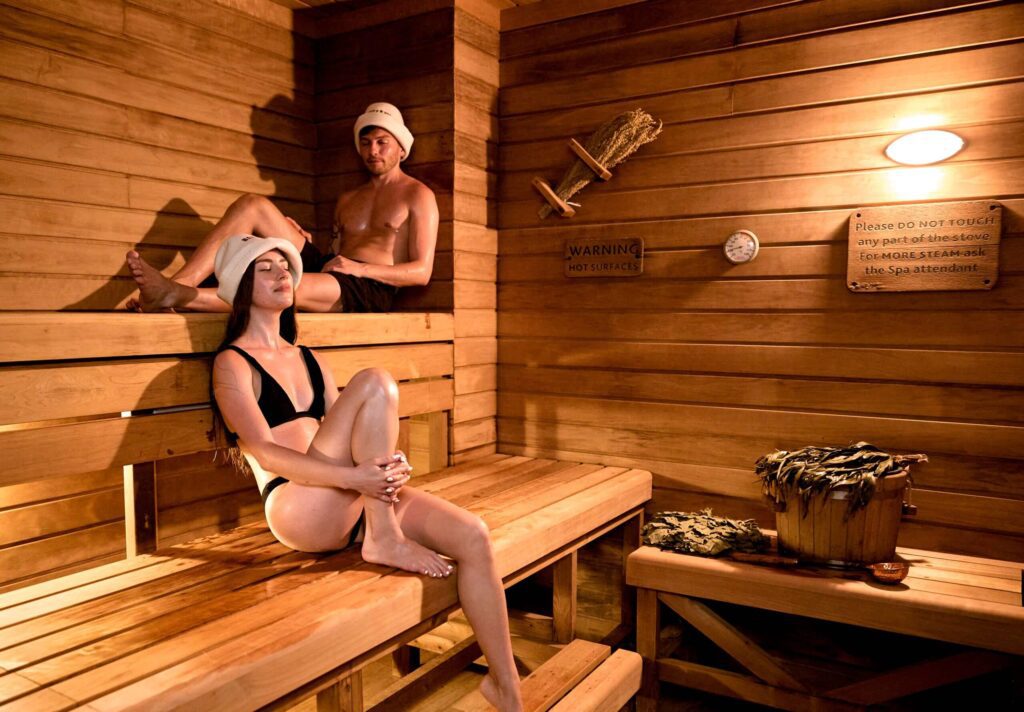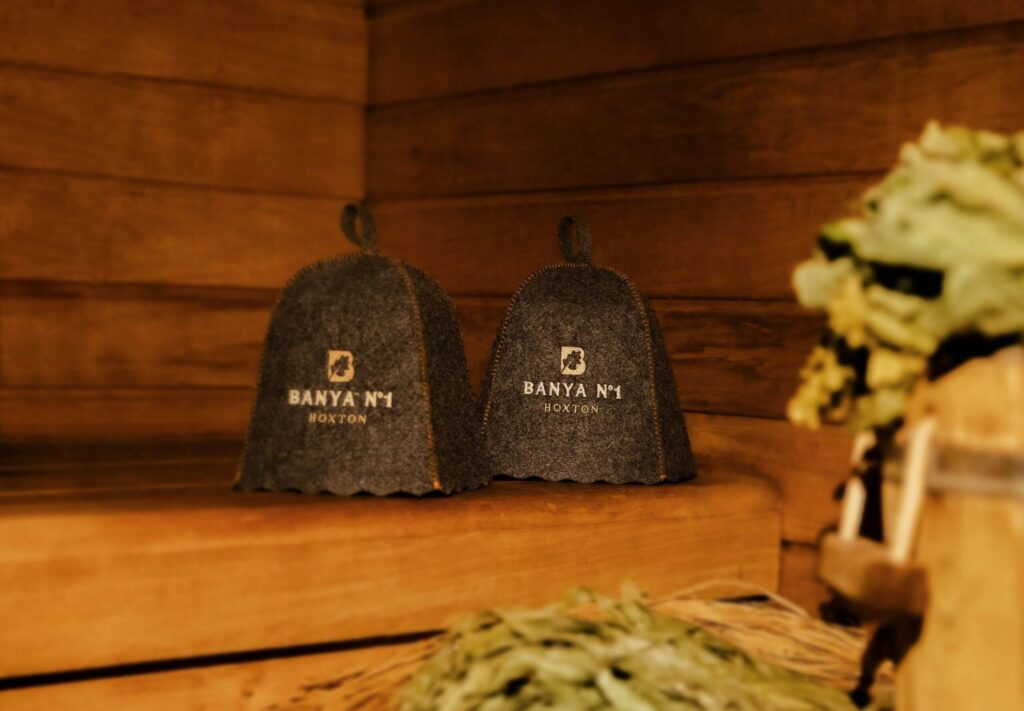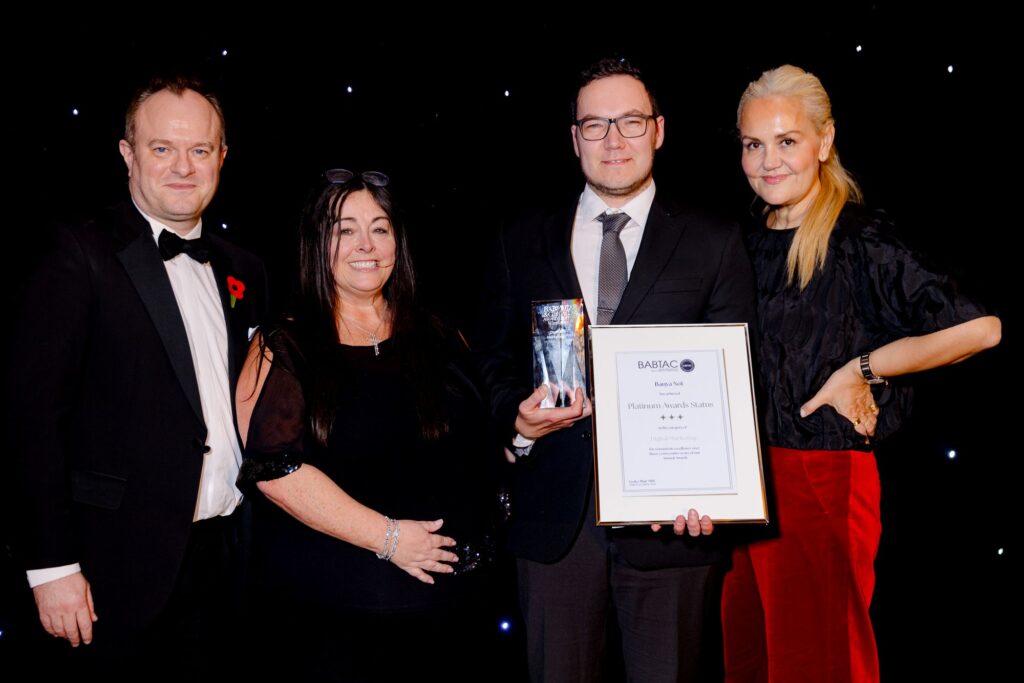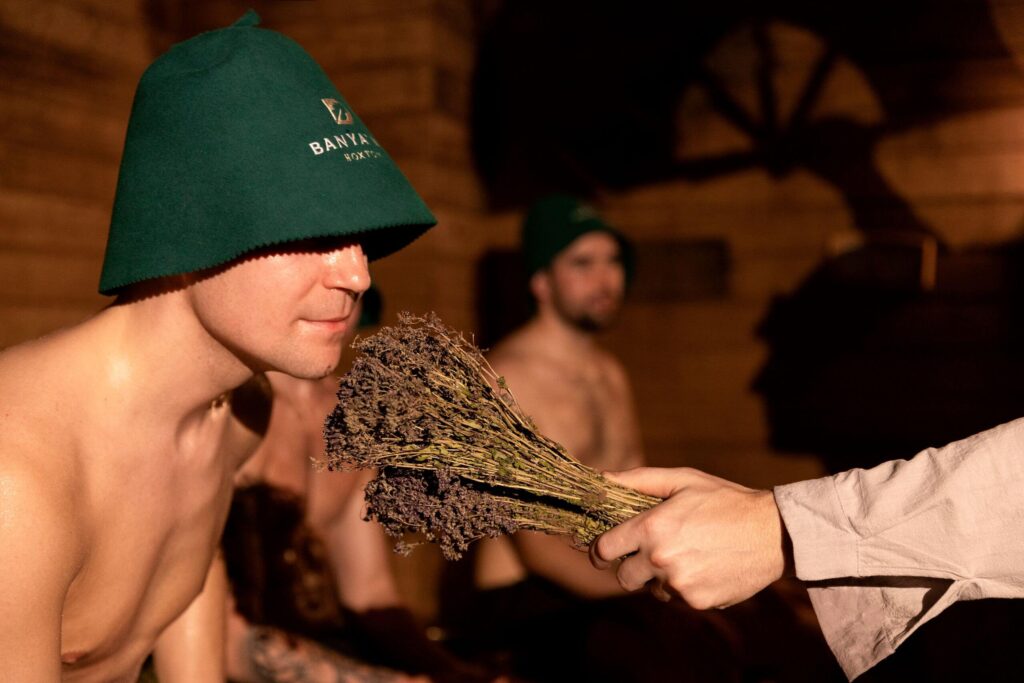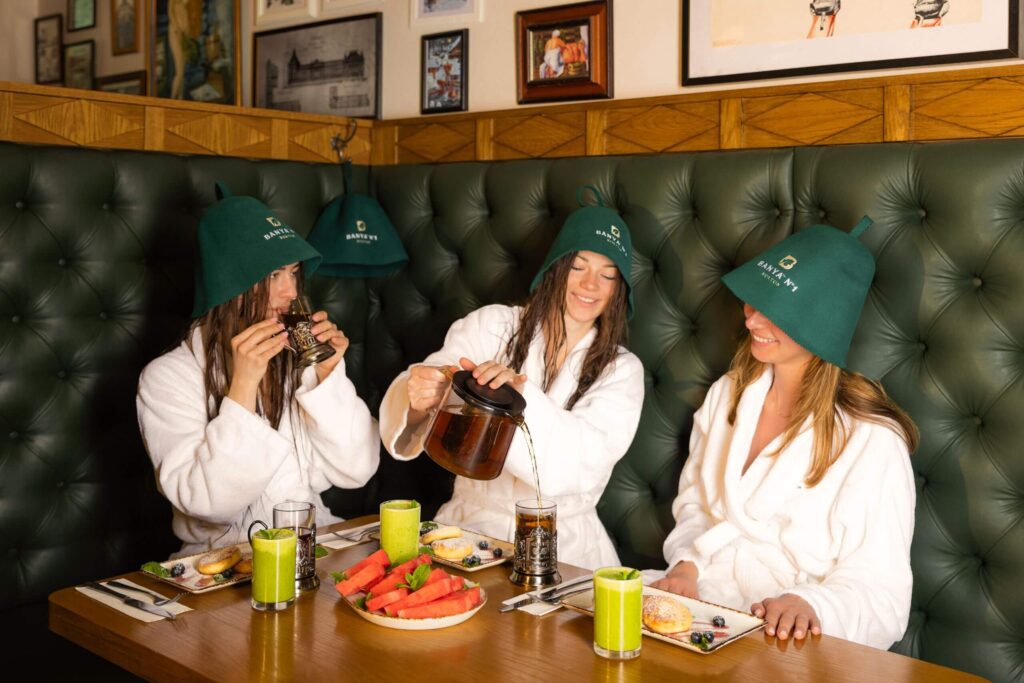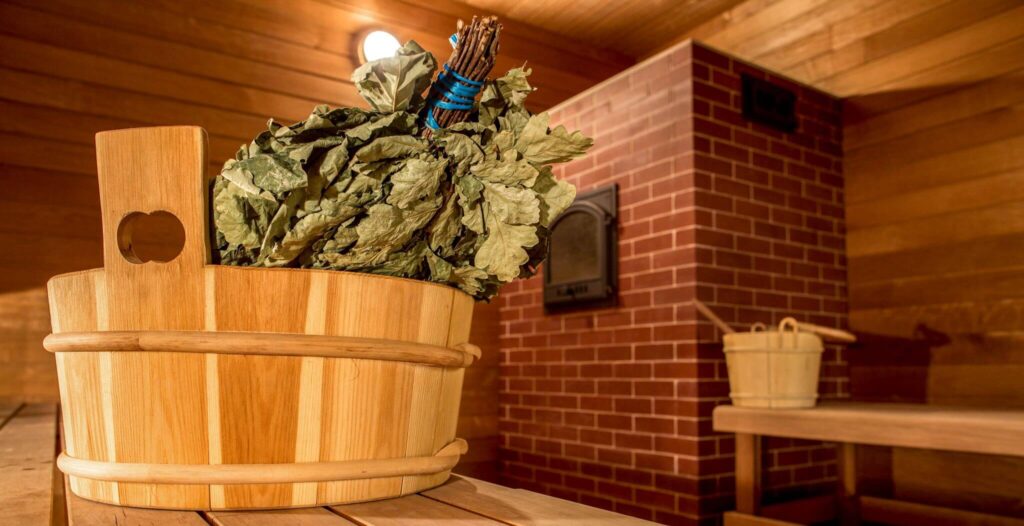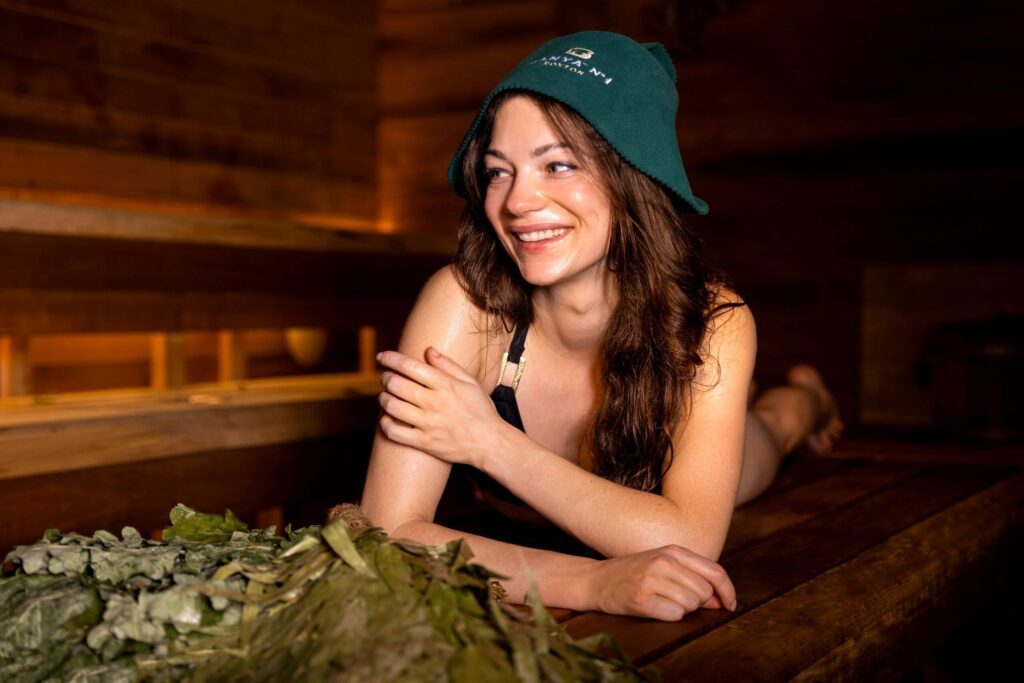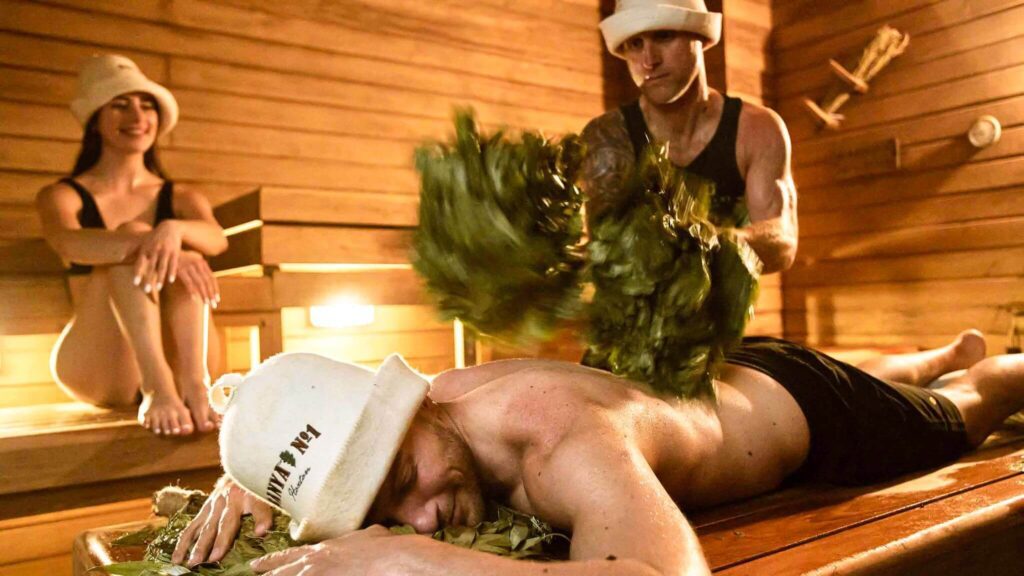Ice, ice baby by Telegraph
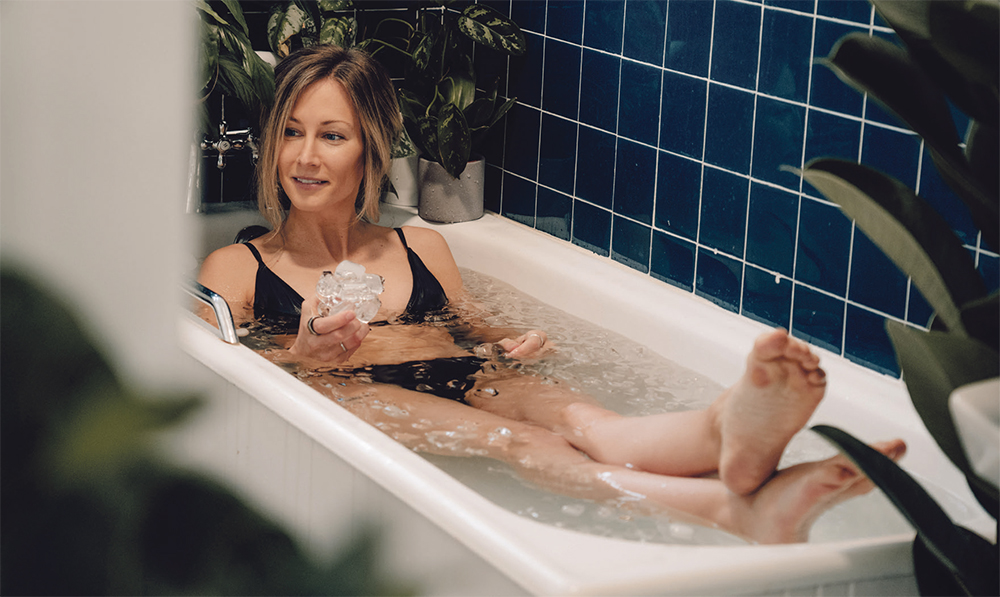
Cold water immersion promises a whole host of benefits for mind and body. No wonder plunge pools and ice baths are having something of a moment.
If 2021 was the year of the hot tub, then 2022 is the year to chill — literally. Cold water immersion, particularly using ice baths and cold plunge pools, is no longer the preserve of elite athletes.
WHAT IS CRYOTHERAPY?
“Ice baths aren’t new. The idea of using cold as a therapy for a whole host of different things dates back to the ancient Greeks,” explains Dr Joseph Costello, PhD, FHEA, associate head of research and innovation at the University of Portsmouth’s School of Sport Health and Exercise Science. “The word cryotherapy is a catch-all phrase for the use of cold. It comes from the Greek word ‘cryo’, meaning ‘cold’, and ‘therapeia,’ meaning ‘cure’. The Greeks called it the ‘cold cure’.”
While cryotherapy encompasses everything from applying ice packs to entering a cryochamber of freezing air, cold-water immersion is among the most popular forms. Typically, it involves submersion up to the waist in temperatures of eight- 12C for up to 10 minutes. Research illustrates that the vasoconstriction (blood vessels getting smaller) which occurs when cooling tissue temperature can help reduce inflammation and aid with muscle recovery in athletes.
ICE BATHS AT HOME
If you’re wondering when we became a nation obsessed with ice baths, the ‘Wim Hof effect’ has a lot to do with it. The Dutch extreme athlete known as ‘The Iceman’ has become a household name set to reach an even wider audience with a BBC1 series, Wim Hof’s Superstar Survival, debuting in 2022.
“It’s not a fad that’s appeared out of nowhere, but we’re harnessing it and making it accessible to people every day. People can’t all go to the sea or jump in a lake or buy endless bags of ice to fi ll their own bathtub,” explains Laura Fullerton, CEO of Monk (discovermonk.com), a smart ice bath launching in May 2022.
Whether you want to use ice baths for muscle recovery or mental health, the Monk bath (£2,999) and accompanying app gives guidance on everything from optimal temperature to breathwork exercises.
TRY THE BANYA EXPERIENCE
If the idea of pure cold sends a chill down your spine and you simply can’t face it, then perhaps try a traditional Russian banya experience, which begins with heat and ends with an ice bucket cooldown or cold plunge. Founder and CEO of London’s Banya No.1 (gobanya.co.uk), Andrei Fomin, has been surprised by how many customers have been calling up just wanting to use the 8C plunge pool.
He explains that about 99.9% of banya-goers end up in the pool because it’s such a key element of the Parenie (thermal massage) treatment. Without the cold, it’s common to feel lightheaded or exhausted after the heat.
WHAT ARE THE BENEFITS?
The benefits of ice baths aren’t crystal clear. One study points out that active recovery is just as effective as cold-water therapy, while anyone with contraindications, like respiratory and cardio issues or skin problems, should avoid taking the plunge (or do it only with medical consent).
If you decide to, however, you might just find there are perks that last long beyond the pool. “You feel invincible. If I managed to sit in freezing cold water for two minutes, I could handle anything that came my way that day. That kind of resilience has rippled out into my everyday life,” concludes Laura.


